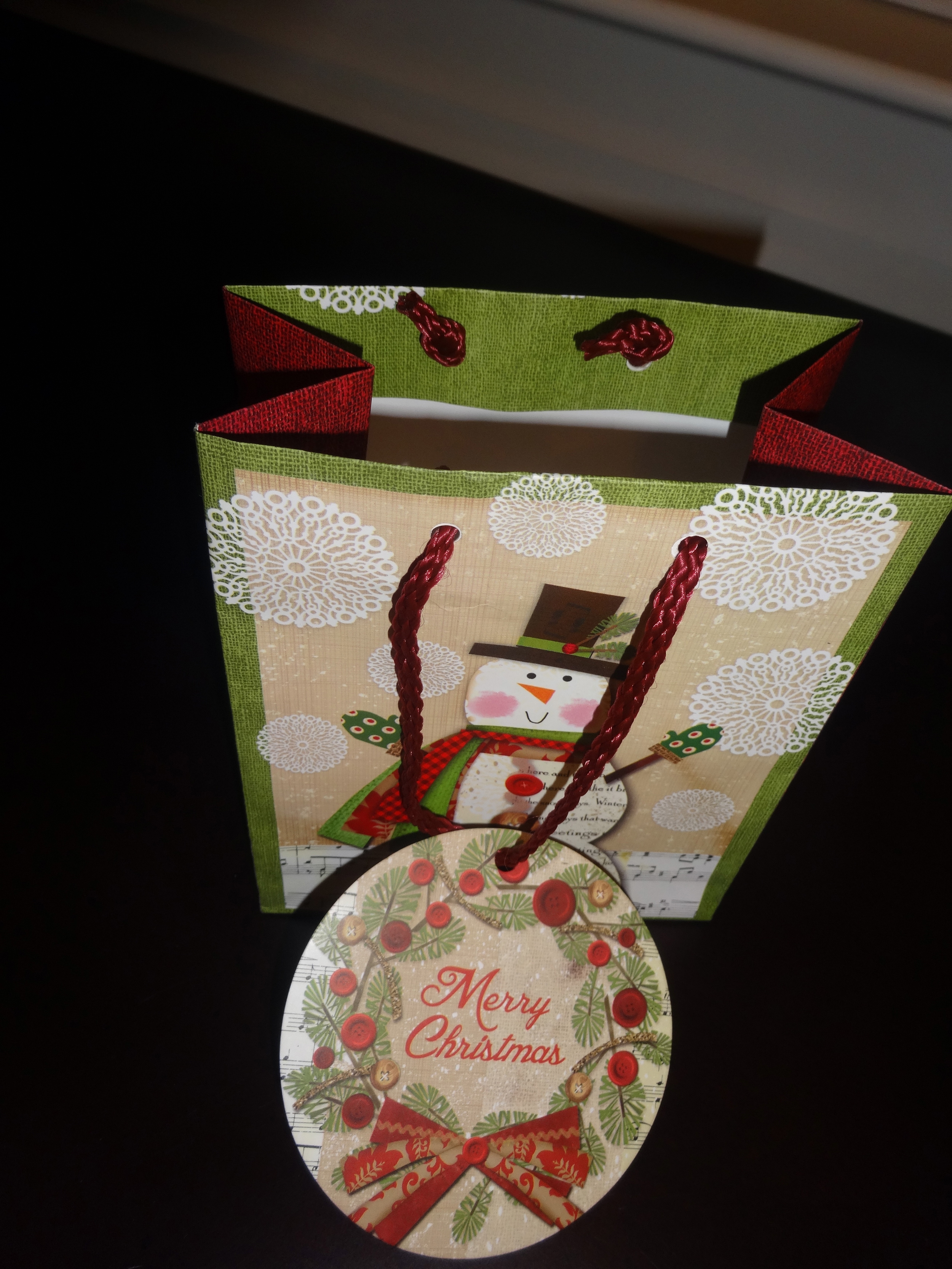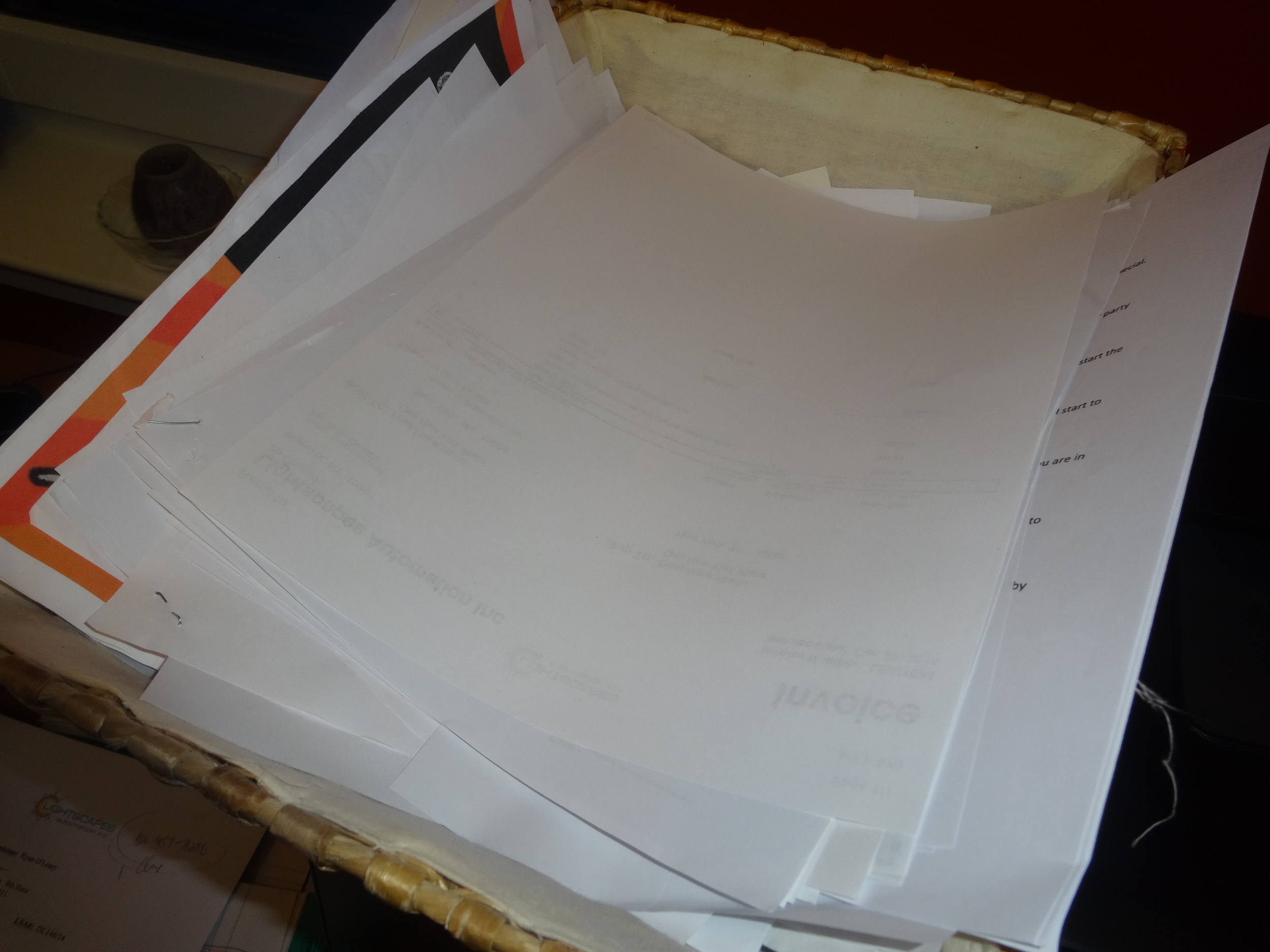 Love your stress?? I'm not kidding. Stanford University health psychologist Kelly McGonigal has put forth a radically different understanding of stress, which could not only save your life but also that of thousands of others. The broader implications are in sync with what has been called "the biology of belief" (as in Bruce Lipton's namesake book), which says in a nutshell that your beliefs fundamentally shape your body's well- and illbeing. This is radical because it means that if you can change your belief you can heal your ailments (also see an earlier blog post about this). In alternative medicine this is actually not such a new concept. Deepak Chopra and Henry Grayson are just two of a long list of doctors and psychologists who profess just that.
But back to stress in particular. In her TEDTalk McGonigal bases her theory on two studies about stress that run counter to what we have been hearing all these years.
Love your stress?? I'm not kidding. Stanford University health psychologist Kelly McGonigal has put forth a radically different understanding of stress, which could not only save your life but also that of thousands of others. The broader implications are in sync with what has been called "the biology of belief" (as in Bruce Lipton's namesake book), which says in a nutshell that your beliefs fundamentally shape your body's well- and illbeing. This is radical because it means that if you can change your belief you can heal your ailments (also see an earlier blog post about this). In alternative medicine this is actually not such a new concept. Deepak Chopra and Henry Grayson are just two of a long list of doctors and psychologists who profess just that.
But back to stress in particular. In her TEDTalk McGonigal bases her theory on two studies about stress that run counter to what we have been hearing all these years.
The first point is that stress is not what makes you sick, but rather your beliefs that stress is harmful. Instead, she explains, the pounding heart simply prepares you for action, while the faster breathing brings more oxygen to your brain. The study showed that the blood vessels only constricted - and this is the potentially harmful reaction - if the subject believed stress was harmful. When the subjects did not believe that stress was harmful the blood vessels remained relaxed, like in moments of joy! McGonigle is telling us to see our stress response as helpful, not harmful, and knowing that stress is "your body helping you rise to the challenge."
The point from the second study is that stress makes you social because oxytocin, the cuddle and relationship hormone, but also a stress hormone, is released during a stressful situation, nudging you to seek support and surround yourself with caring people. Oxytocin protects your cardiovascular system because it helps to heal the heart cells from any stress damage. "Stress opens the path to the heart!"
Sooooooo: a. your beliefs transform your stress experience and b. relationships create stress resilience. Wonderful news!










